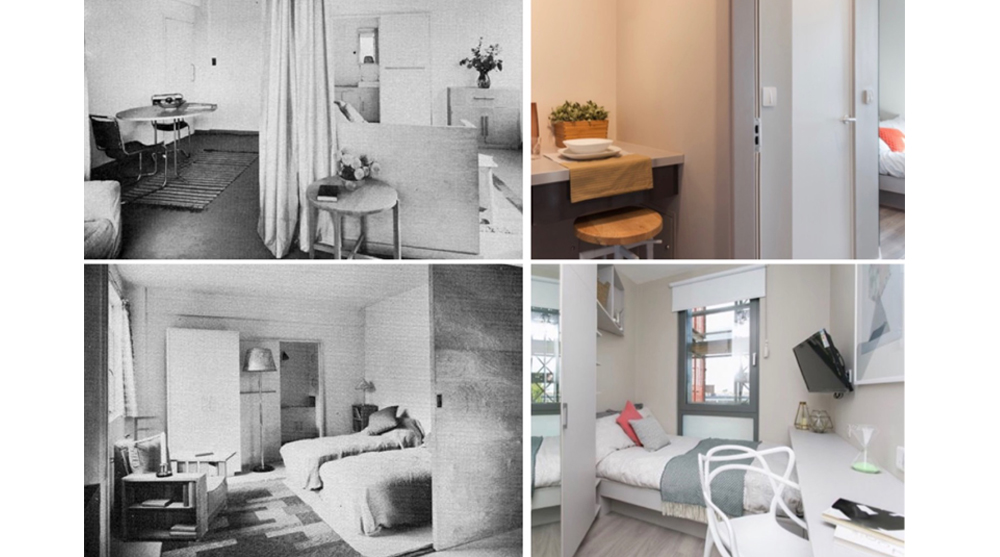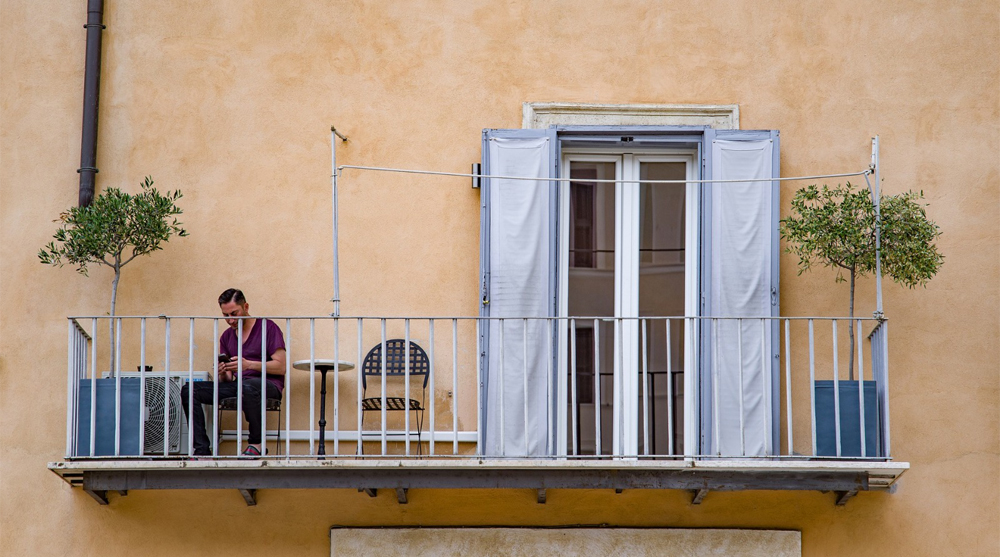Collective living, communal co-living, curated communities. All of these buzzwords are used to describe a growing trend in urban architecture, one in which developments are designed to function as more than just another block of unaffordable apartments.
First co-working spaces, then co-living space
We’ve already seen a dramatic shift in the use of commercial space in large cities around the world, with co-working spaces now accounting for more holdings than traditional office space in cities like London. Is it really that much of a surprise that modern living arrangements follow suit?

Like their co-working counterparts, co-living targets young professionals who have “some” money but are lacking the major assets their parents had at their age, and plays on the premise that millennials are (typically) single, want flexibility, convenience, and value authentic “experiences” rather than material possessions (which is good because they can’t afford any).
Co-living developments are springing up in cities around the world, focusing on shared resources and communal spaces such as a kitchen, living/dining space, garden areas, workspaces, and leisure facilities likes gyms, pools, and playgrounds. At the far end of the spectrum, co-living architecture includes scope for restaurants, bars, and incorporated technology that keeps the modern way of life very millennial with community apps and inclusive utilities.
However, is this approach to living really that revolutionary or have we seen it before?
Modernist living vs collective living

Original ads for a Minimal Flat in the 1930s looks very similar to modern ads for co-living developments. Image source
Looking back at London’s inter-war era, the appearance of several modernist estates bear a striking similarity to the collective communal co-living experiences starting to gain popularity today.
Developments such as the Isokon and Kensal House were built in London between 1933 and 1934. Their focus was very much on minimalist living, aimed at providing a type of housing for someone other than the typical “nuclear family”. The emphasis was on affordability and functionality, encouraging tenants to focus less on material possessions and instead on the freedom and flexibility afforded to them by the “new” way of living.
Isokon even featured inclusive services from shoe-shining and cleaning to bed-making and meal delivery from an on-site kitchen. Communal laundry, roof garden access and restaurants are all amenities that could be listed in an advertisement for either the modernist estates or collective living developments.
Home ownership a thing of the past

Home ownership may indeed become a thing of the past, and in fact it has only been a part of our history for the last 100 years. Looking back to Britain in 1918, less than a quarter of home were occupied by their owner's, with most people renting their homes privately. This could well be the natural order of things, and there are some that think the future of the housing market will return to a trend of renting.
This is, unsurprisingly, the belief of the chief operating officer of the world’s largest co-living development, The Collective in London. COO James Scott was quoted as saying "In the future we will all be homeless," at the Tech Open Air festival in Berlin in 2016. "Where previously we moved straight from adolescence into adulthood, we now take our time to become more socially liberated and culturally diverse, experimenting to find out what – and who – we love, before committing to it in adulthood."
This so-called “suspended adulthood” could mean an end to home ownership in favour of co-living spaces that appeal to young renters who seek convenience and flexibility without the cost or commitment of buying.
In almost every other industry there is an ownership model and a service model, giving millennials the option to lease their experiences rather than pay out a larger lump sum. You can save up or buy a car on credit, or lease it for a set period. You can purchase movies and music on DVDs and CDs or you can subscribe to services like Netflix and Spotify.
Is it unreasonable to expect a similar movement in the property market, giving this generation of adults access to better living experiences now?
An innovative approach to collective living
With more people living alone now than at any point in human history, loneliness is a common roommate to modern young professionals. Co-living can offer an antidote to this, but it may require a more innovative approach than simply recycling modernist ideas and attaching a 21st century hashtag and price tag.
Rome Collective Living Challenge
If you think collective living is due for a comeback, why not take part in one of our ongoing architecture competitions, the Rome Collective Living Challenge. This competition is tasking participants with designing a concept for affordable housing in Rome that fits the ideals of a co-living lifestyle. This competition is a chance for architecture enthusiasts to conceive an entirely new way of living, one that experiments with the concept of low-income housing as a collective.
Participants can select any appropriate theoretical site in Rome, keeping in mind that this is not a simple matter of rolling out hundreds of new tiny apartments in Rome’s already unaffordable city centre, but rather a chance to re-imagine a way to house its residents and build more communities within the hustle and bustle of Italy’s capital.
Top 3 Reasons Why You Should Enter Architecture Competitions
Curious about the value of architecture competitions? Discover the transformative power they can have on your career - from igniting creativity and turning designs into reality, to gaining international recognition.
Learn more



























